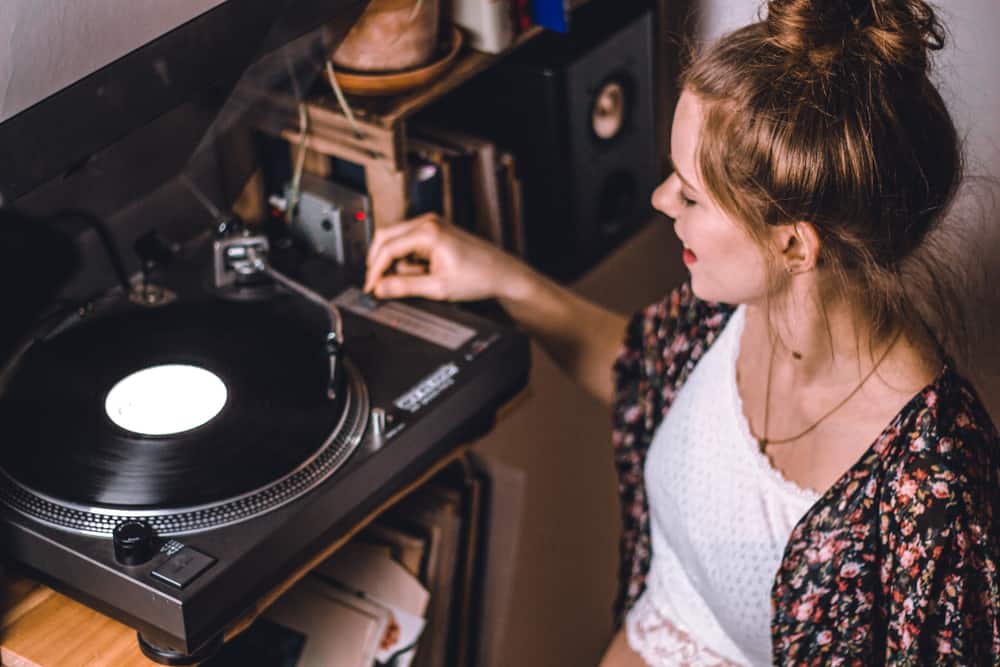There is a lot to discuss when it comes to music royalties, but before we can dive in too deep, we have to start by explaining one thing upon which the entire royalty system is based: every song you hear has two separate components, at least as far as music royalties are concerned. One is the master copyright and the other is the publishing copyright.
Here’s a quick explanation of which is which: A master copyright is the sound recording (typically just called the master or the sound recording) you actually hear. It doesn’t matter if it’s on a vinyl record or on Spotify — what you hear is the master. The publishing copyright concerns the pieces that make up your favorite songs. This specific copyright focuses on the lyrics, the melody, the composition.
If you’re a bit confused, perhaps you can think about it like this — you can steal a master by ripping it straight from YouTube (which remains a huge problem). If you do that, you have the song in your possession.
You can steal the publishing parts if you sample a song without permission, use the same progression of notes, or even a section of lyrics, all without getting the a-okay from whoever owns the copyright. It is vital you understand the difference between publishing and the masters, which is how I will refer to them from here on out in this article.
